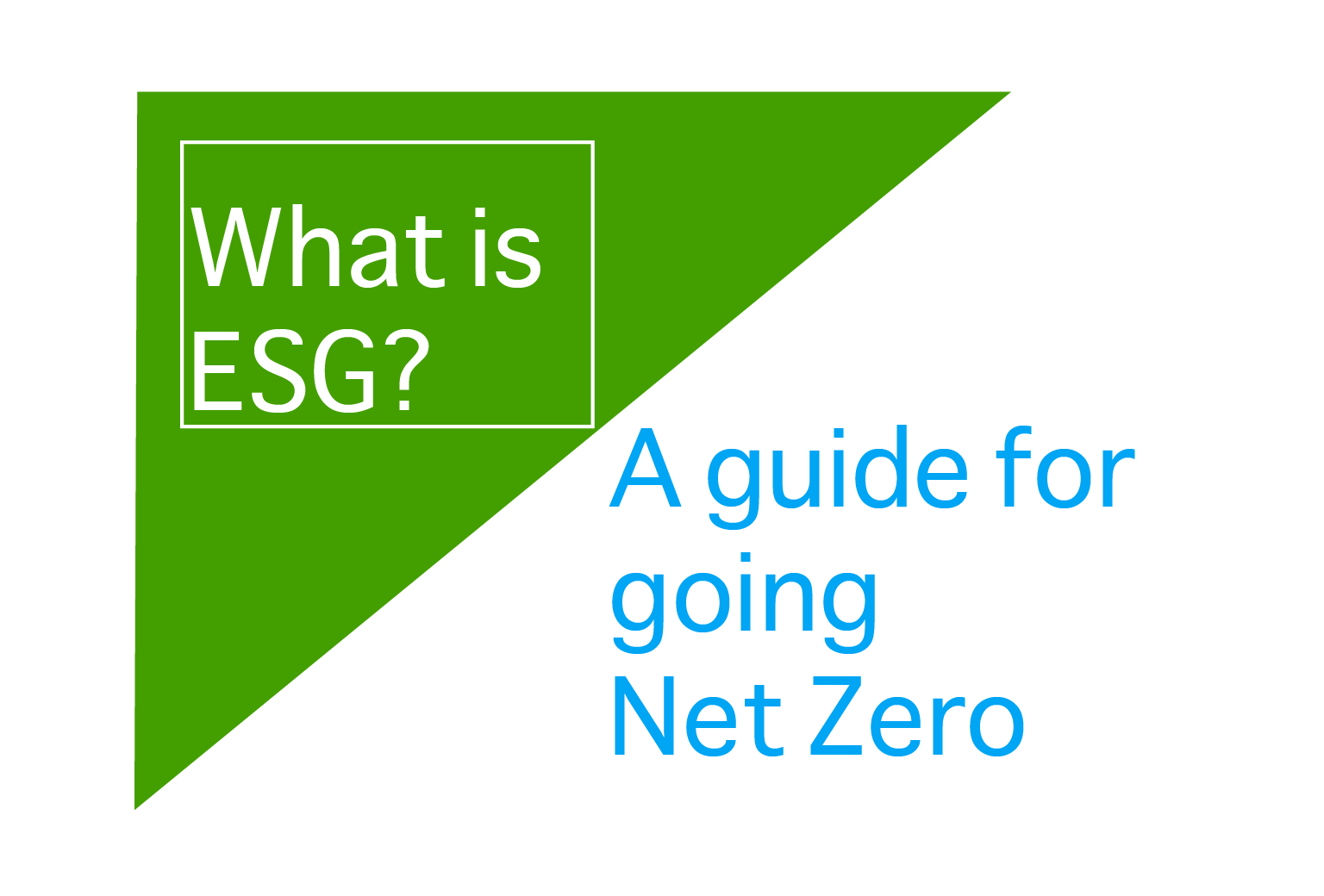By Denis Murphy, Director, iTouch Smart Technology
A new buzzword in corporate responsibility, ESG refers to an organisation’s ‘environmental, social and corporate governance’. It’s a methodology for evaluating an organisation’s role in the wider world, above and beyond its bottom line or how much profit the organisation is making for its shareholders.
With the idea originally launched by the UN, and closely linked to its 17 Sustainable Development Goals, ESG is now at the heart of decision-making, when it comes to procurement of contracts or investing in an organisation.
The UK government has made the process of assessing ESG a systematic process, no longer just a ‘nice to have’. This is being assessed though use of a Social Value Model. In this article we’ll explain what the Social Value Model is and how organisations need to comply.
Ultimately, ESG is a new consideration that organisations must be aware of. It should contribute to a better, cleaner future for all our communities.
Why does ESG matter?
In the US, the market for funding that flowed into ESG-linked products saw exponential growth in 2020. According to this MorningStar report, net investment flows into ESG-valued organisations in 2020 were more than twice that of 2019 – and almost ten times that of 2018.
Here in the UK, ESG is no longer required by market forces alone – it has also become a government requirement. Under new measures announced by the Cabinet Office in June 2022, “…by September, prospective suppliers bidding for contracts above £5million a year will need to have committed to the government’s target of net zero by 2050 and have published a carbon reduction plan. Firms which fail to do so will be excluded from bidding for the contract.” [Source: Press release, Gov.uk]
This means that companies can only bid for large government contracts if they’ve committed to Net Zero by 2050, and have published their carbon reduction strategies.
It’s important to note that the UK is the only country in the world to have taken such measures, and with our government spending some £290 billion on public procurement every year, that’s a huge market opportunity for ESG-compliant companies.
The social value model of ESG
The UK government is determining ESG value based upon an organisation’s contribution to five goals, namely:
- Covid-19 recovery
- Tackling economic inequality
- Fighting climate change
- Equal opportunity
- Improving wellbeing and supporting community
Our focus is on helping organisations – both public and private sector – to meet goal #3 – fighting climate change by committing to Net Zero. We’re helping the government to install Smart Metering technology in buildings – whether they be private or public sector buildings – a concrete step towards a carbon reduction strategy for the built environment.
“It’s imperative that government practices what it preaches on ESG – and gets their own governmental buildings modernised with Smart technology to drive energy reduction – and hence carbon reduction,” said Dr Kian Peng Yong, founder of iTouch Smart Technology. “A great first step for them is to install Smart Metering solutions on every energy meter.”
How does this first step work?
For an organisation to effectively meet Net Zero targets, they initially need to achieve a clear understanding of energy usage. Energy usage encompasses everything from lighting and heating in office buildings, to the carbon emissions used by employees during work-related travel.
Assessing the true usage of electricity in bricks-and-mortar sites – be that a single office, or an estate full of buildings – means that organisations need to be able to cost-effectively outfit their sites with Smart Metering technology. Energy monitoring and data analytics solutions can be the first foray into turning a building into a Smart Building.
Luckily, costs have come down in recent years, and Smart Building technology should be achievable under a range of budgets.
Once Smart Metering is installed, organisations can see how they’re using all forms of energy – water, gas, oil, electricity – and identify areas of wastage or overuse. It’s only once they’re armed with this information that energy usage can begin to come down. The immediate impact truly showcases the power of the technology – most customers see a 25% reduction in energy usage after smart metering technology goes in.
With energy usage being understood and managed, organisations can start to evaluate how to balance out their carbon emissions and ultimately gain that Net Zero stamp.
It’s not just companies in the private sector who need to achieve this. “Here in NI, we are leading the UK in installing carbon reduction technologies right across the public sector,” said Dr Yong. “This is a great example of government leading the way. We can’t achieve Smart Cities until the majority of buildings are smart. Thankfully, we are now seeing that happen here in Northern Ireland and across the other regions of the UK.”
About iTouch
At least 25% of the UK’s carbon footprint comes from the built environment. Since 2018 we’ve been helping governments reduce this by equipping buildings with our innovative Mesh Network, based on LoRaWan technology. Our unique IOT network sustains Smart Energy Monitoring and many other applications. Visit us online at www.itouchsmarttech.com.




